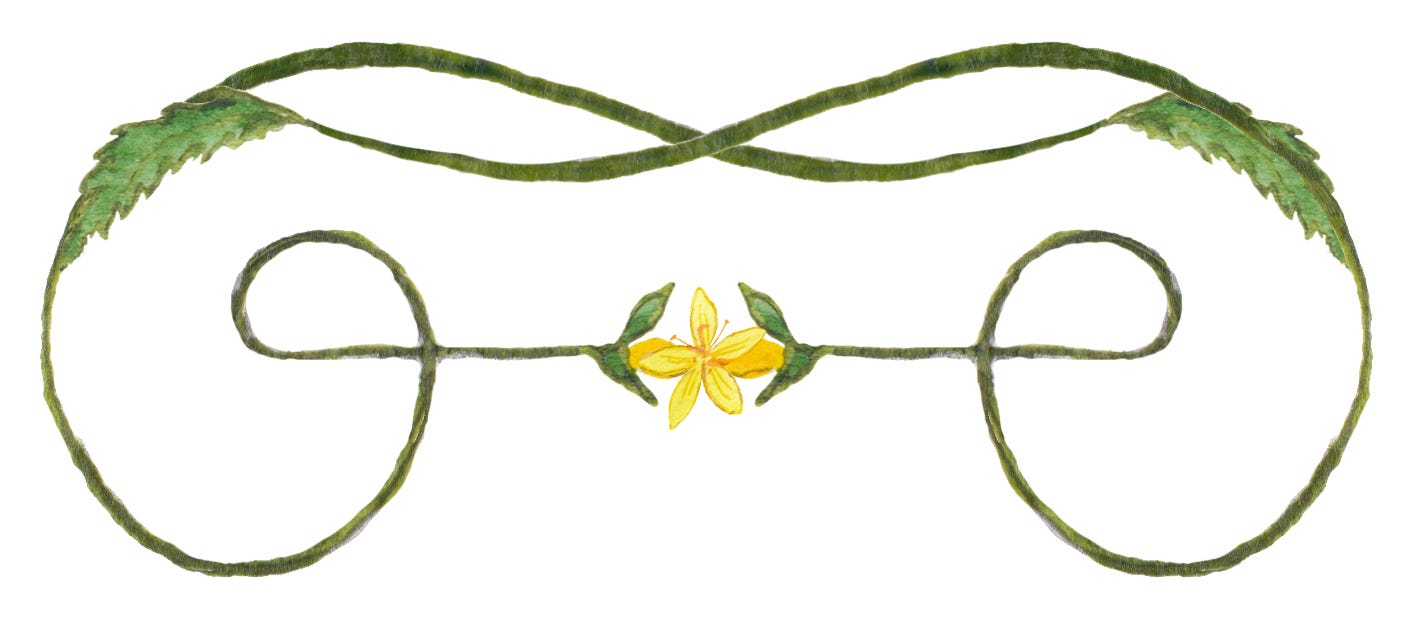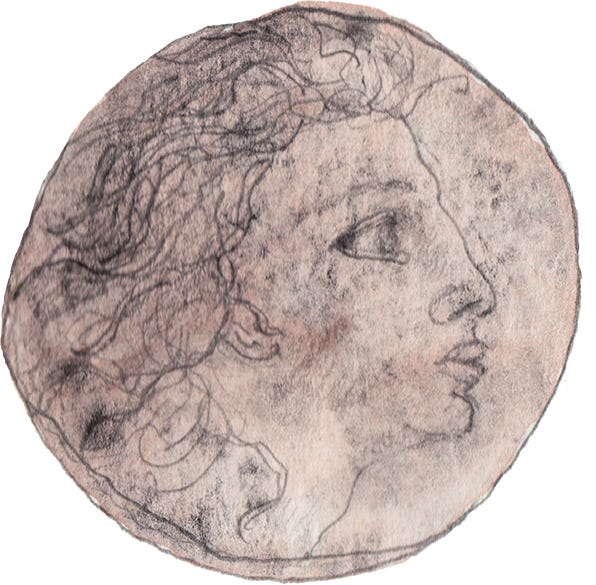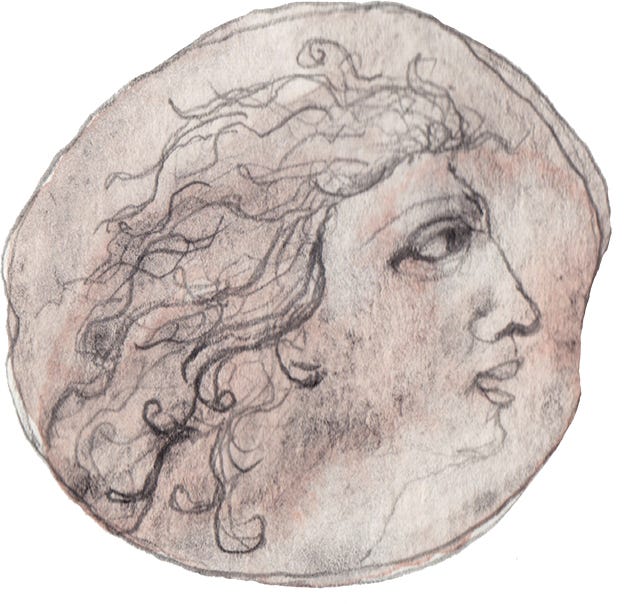You couldn't be paranoid enough if you were a king in the first century BC, as Mithridates Eupator VI, (132–64 BC), King of Pontus and Armenia Minor (now Northern Turkey), found out.
To start with, he was pretty sure his mother had killed his father with poison and tried the same trick on him. All because she wanted to be queen. Then he discovered four of his mates were also plotting to kill him. It seems he wasn't very popular. But sadly for his friends Mithridates beat them to it and had them all killed before they could get to him.
Later, Plutarch, the famous Ancient Greek philosopher (AD 46–119) noted that Mitrhridates' army once killed 150,000 Romans in a single day, making him Rome's most feared enemy at the time. So, not only did he have his family and friends to worry about, powerful Roman rulers wanted him dead too.
With everyone trying to kill him, Mithridates thought it might be a good plan to become an expert on poison antidotes. He planted a special garden full of herbs that were known as remedies against poisoning. He used the many people he had imprisoned over the years as guinea pigs for his recipes, which killed a fair few of them.
Then, he and his botanist physician, Crateus, found the antidote. As a result, Mithridates became an expert on herbs as well as an accomplished mass murderer.
During his quest to find the perfect antidote for poisoning, he discovered a plant that helped cure liver trouble. This plant, that we now call Agrimony, had already been used in a number of ways, from foot-baths for tired feet to treatments for eye complaints and diarrhoea.
Ironically, in 64 BC Mithridates tried to commit suicide by poison, to avoid being taken prisoner by the Romans. It didn't work, decades of taking poison antidotes prevented the poison from working. He then asked his friend and bodyguard, Bituitus, to kill him by sword. That did work.
In the 1200s, Agrimony was known as Gorclifu and was used to heal snake-bites and warts (although they did suggest you pound it together with frogs and human blood to be fully effective).
By the 1300s it was known as Egrimoyne (from the Greek argema, eye infection), regrettably losing Mithridates Eupator from its common name.
When Carl Linnaeus gave the plant its scientific name in 1753, he named it Agrimonia Eupatoria ensuring the King is still remembered today.
FACT FILE
You can still see portraits of King Mithridates Eupator VI on ancient coins and you can also find him as a sculpture with the head of a dead lion on his head in the Louvre museum in Paris, France.
Mithridates' antidote for poisoning, which was called Mithridatium, has 65 different herbs in its recipe, and was still used in the Middle Ages. It's even said that Oliver Cromwell used it as protection against the plague, and found it cured his acne instead!
If you’d like to know how it all fits in time, check out the Flowerology timeline.
Would you like to receive new Flowerology stories? You can subscribe here for free.
This newsletter is NOT a field guide for flower identification. It’s often difficult to tell the difference between harmless plants and poisonous plants and some flowers are rare and protected by law, so, NEVER pick or use any plants or flowers if you’re not sure about them.
illustrations ©Chantal Bourgonje













